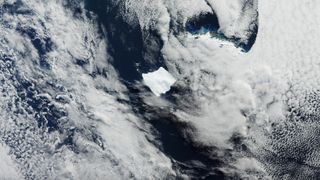Samantha Mathewson joined Space.com as an intern in the summer of 2016. She received a B.A. in Journalism and Environmental Science at the University of New Haven, in Connecticut. Previously, her work has been published in Nature World News. When not writing or reading about science, Samantha enjoys traveling to new places and taking photos! You can follow her on Twitter @Sam_Ashley13.
Latest articles by Samantha Mathewson

These gorgeous new images of the cosmos from NASA's Chandra X-ray telescope took our breath away (video)
By Samantha Mathewson published
NASA has unveiled a dazzling new collection of cosmic images from the Chandra X-ray Observatory, capturing spectacular stars and galaxies in unprecedented detail.
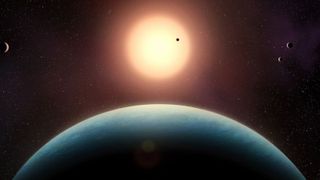
5th planet found orbiting nearby star may lie in habitable zone
By Samantha Mathewson published
A super-Earth exoplanet has been detected within the habitable zone of a nearby red dwarf star, where liquid water might exist on its surface under the right atmospheric conditions.
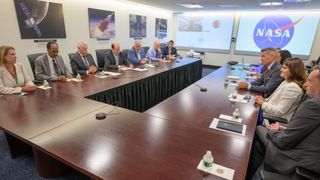
NASA scientists sound alarm over threats to science and safety in 'Voyager Declaration'
By Samantha Mathewson published
The signatories warn that political interference and abrupt budget reductions could jeopardize decades of progress in space exploration, aeronautics and climate science.
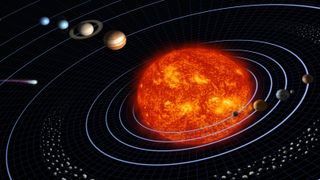
When did our solar system's planets form? Discovery of tiny meteorite may challenge the timeline
By Samantha Mathewson published
Analysis of an ancient meteorite suggests that rocky planets both near and distant from the sun may have formed at the same time, challenging current models of our solar system’s evolution.
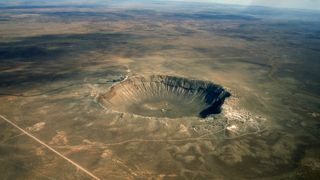
Meteor impact may have triggered massive Grand Canyon landslide 56,000 years ago
By Samantha Mathewson published
A meteorite impact thousands of years ago may have triggered a landslide in the Grand Canyon and reshaped the Colorado River that runs through the national park.
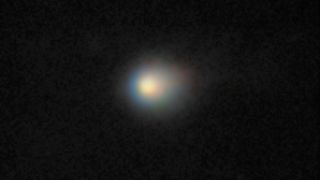
Telescope spies rare interstellar comet 3I/ATLAS zooming through our solar system (photos)
By Samantha Mathewson published
Astronomers unveiled a striking view of the new interstellar visitor 3I/ATLAS on its journey toward the inner solar system.
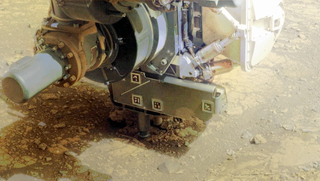
Was ancient Mars habitable? NASA's Perseverance rover is grinding into a 'weird, uncooperative' rock to find out
By Samantha Mathewson published
NASA's Perseverance rover is digging deeper into Mars' geologic past as it begins grinding into rock surfaces to expose material that could hold clues to the planet's ancient environment and habitability.
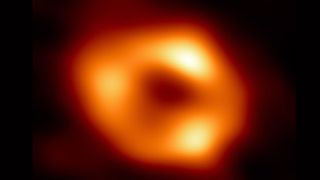
New technique promises clearer, more frequent views of black holes
By Samantha Mathewson published
A powerful new technique is poised to revolutionize how astronomers observe black holes, by producing sharp, multicolored images that could reveal their dynamic evolution in real time.
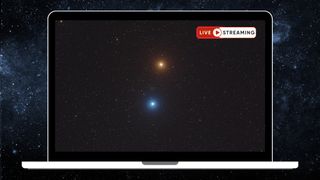
Watch the stunning Mars and Regulus conjunction today with this free livestream
By Samantha Mathewson published
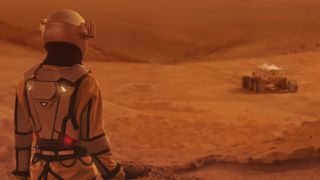
Mars settlement and more: Global space leaders will tackle big ideas next week at ISDC 2025
By Samantha Mathewson published
Space visionaries, scientists, entrepreneurs and students from around the world are set to gather in Florida next week for this year's International Space Development Conference.
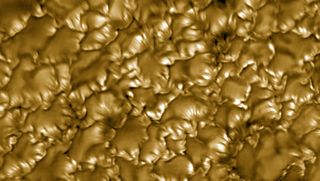
Powerful solar telescope unveils ultra-fine magnetic 'curtains' on the sun's surface
By Samantha Mathewson published
The sharpest images ever captured of the sun reveal intricate magnetic structures dancing across its surface.
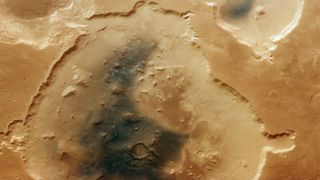
European Mars orbiter spies crumbling crater 'soaked in layers of Martian history' (photo)
By Samantha Mathewson published
The Mars Express probe captured a striking new view of a Martian crater that holds clues to the planet's dynamic history spanning billions of years.
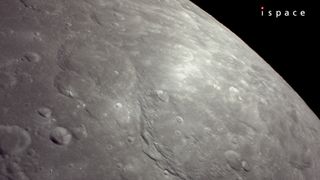
Private Japanese spacecraft aims to land in the moon's 'Sea of Cold' this week
By Samantha Mathewson published
Tokyo-based company ispace aims to land its "Resilience" spacecraft in the moon's Mare Frigoris ("Sea of Cold") region on June 5, notching a big milestone for Japan and for commercial spaceflight.

How to watch Blue Origin launch 6 tourists to suborbital space today
By Samantha Mathewson published
Blue Origin plans to launch its 12th human spaceflight mission today (May 31), and you can watch the action live here at Space.com.

Meet the crew of Blue Origin's NS-32 space tourism mission launching on May 31
By Samantha Mathewson published
Blue Origin's next suborbital flight is scheduled to launch on Saturday (May 31), carrying a diverse crew of educators, entrepreneurs and adventurers.
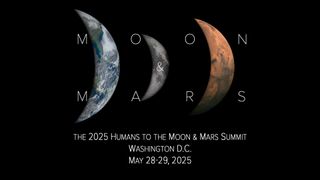
How to watch the 2025 Humans to the Moon & Mars Summit May 28 and 29 (video)
By Samantha Mathewson published
The 2025 Humans to the Moon & Mars Summit (H2M2) will be held May 28 and 29 in Washington, D.C., and will include panels discussing the future of human space exploration.

New 8K-resolution photos of the sun show off incredible details of raging sunspots
By Samantha Mathewson published
Advanced image restoration techniques have produced reconstructed views of the sun with an 8K image resolution for the first time.

The 100th woman in space: Emily Calandrelli talks about her Blue Origin flight and inspiring the next generation
By Samantha Mathewson published
As the 100th woman to travel to space, Calandrelli isn't just celebrating personal achievement — she's using her journey to inspire others and push the boundaries of STEM accessibility.

Lunar Google Doodle celebrates May's third quarter moon with interactive card game
By Samantha Mathewson last updated
Google's latest Doodle celebrates May's half moon with a fun interactive card game.
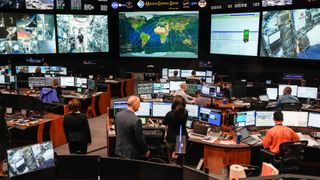
Is NASA ready for the Red Planet? US senator's 'Mission to MARS Act' aims to modernize Johnson Space Center
By Samantha Mathewson published
Texas is positioning itself at the forefront of human spaceflight research with a $1 billion proposal to upgrade NASA's Johnson Space Center for missions to the moon, Mars and beyond.

NASA's PUNCH spacecraft see a cosmic rainbow in the zodiacal light
By Samantha Mathewson published
NASA's new PUNCH spacecraft captured colorful images of the zodiacal light while testing out their sun-watching instruments.
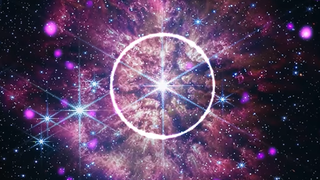
NASA turns the screams of a dying star into music
By Samantha Mathewson published
New data from space telescopes has been transformed into cosmic soundscapes, turning the mysterious activity around black holes into a symphony of the universe.
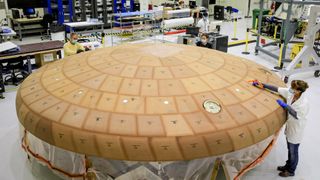
How do you keep reusable spacecraft cool during reentry? Make them 'sweat'
By Samantha Mathewson published
An innovative approach for fully reusable spacecraft suggests making them "sweat" to survive the scorching heat during their reentry to Earth's atmosphere.
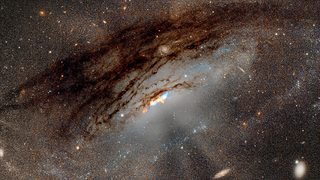
Calling citizen scientists! Help NASA's Galaxy Zoo classify galaxies seen by James Webb Space Telescope
By Samantha Mathewson published
Through a citizen science project called Galaxy Zoo, volunteers can help astronomers analyze over 500,000 James Webb Space Telescope images and classify galaxies observed from deep space.
Breaking space news, the latest updates on rocket launches, skywatching events and more!

